
Image of Full Moon Through a Rock Formation Looks Like a Giant Eye
A photographer has captivated the internet with a breathtaking image showing the full Moon perfectly framed within a natural rock formation in Utah—creating the illusion of a giant, glowing eye gazing out from the Earth.
“Full Moon Eye”
The mesmerizing image was captured by Elliot McGucken, a Los Angeles-based photographer and physicist. Taken at the iconic North Window Arch in Arches National Park, Utah, the photo shows a full moon aligned precisely in the opening of the arch, giving it the appearance of a massive eye watching over the desert landscape.
"To me, the arch looked like a perfect eye from a certain angle, and all it needed was the perfect round eyeball—a full moon,” McGucken said. “I took the photograph at the perfect angle to emphasize the arch’s ‘eye shape’ at dusk.”
The final image, titled Desert Eye, is a composite—meaning it’s a blend of multiple shots to achieve the final result. McGucken used a Fuji GFX100s medium format camera, known for its extremely high resolution and dynamic range, to bring out every detail of the scene.
Viral Sensation
After posting the image on Instagram on May 17, McGucken’s Desert Eye quickly gained traction online. Within days, it had received nearly one million likes, along with thousands of comments praising both the concept and the execution.
"The reaction to the photograph has been wonderful and quite overwhelming, and I am thankful for the millions of folks who have liked, commented on, and simply enjoyed Desert Eye,” McGucken added.
Not the First “Moon Eye”
Arches National Park is famous for its otherworldly beauty, with over 2,000 natural sandstone arches that have been formed by millions of years of erosion. It’s a popular location for landscape photographers seeking to capture unique alignments and perspectives.
Interestingly, a similar photo was taken back in 2020 by photographer Zach Cooley, who also aligned the full moon with the North Window Arch. His version, however, included a few people standing atop the rock, giving the image a sense of scale and adventure.
At the time, Cooley explained that he used several planning tools—including PlanIt!, The Photographer’s Ephemeris (TPE), and PhotoPills—to calculate the moon’s position and ensure perfect alignment. “They all allow for figuring out the position of the moon, but each one has different advantages,” Cooley told PetaPixel. “I also like to cross-reference for shots like this.”
A Multitalented Artist
Elliot McGucken is not just a photographer—he is also a physicist, and his scientific background often informs his creative work. In addition to striking landscapes, seascapes, and wildlife photography, he experiments with abstract concepts, such as visualizing light cones—representations of how light moves through space over time.
He has been previously featured on PetaPixel, including in 2019 when he shared his extraordinary series of images capturing a flooded Death Valley, which is typically one of the driest places on Earth.
You can find more of McGucken’s work on his Instagram and official website, where he regularly posts new images that combine artistry with scientific curiosity.
Correction Notice (6/23):
The original version of this article incorrectly stated that the photo was a single real-time capture. It has since been clarified by Elliot McGucken himself that Desert Eye is in fact a composite image. At no point did McGucken attempt to misrepresent the image, and he has always been transparent about his creative process. The error was due to an agency miscommunication, and we apologize sincerely for any confusion caused.
For a nearly identical full-moon photograph that involved meticulous real-time planning and execution, be sure to check out Zach Cooley’s 2020 viral image, which also beautifully highlights the celestial beauty of Arches National Park.
News in the same category


Reason Why You Should Always Shower At Night

For those who use hair ties, you should know this

The Atlantic Current That Shapes Our World Faces Collapse

World’s Largest Bromeliad, ‘Queen of the Andes’, Blooms Only Once in a Century
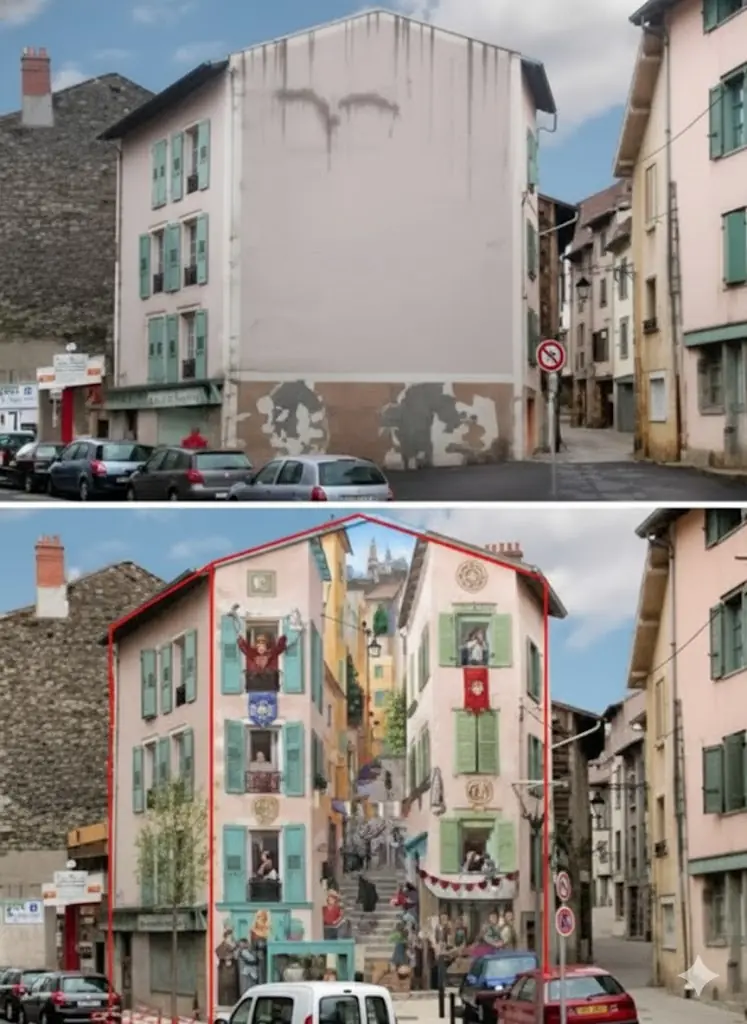
20 Incredible Before & After Street Art Transformations That Are Simply Stunning Friday 10, 2020Art22,027 Views

Weeping elephants mourn a lost baby in a funeral march like humans
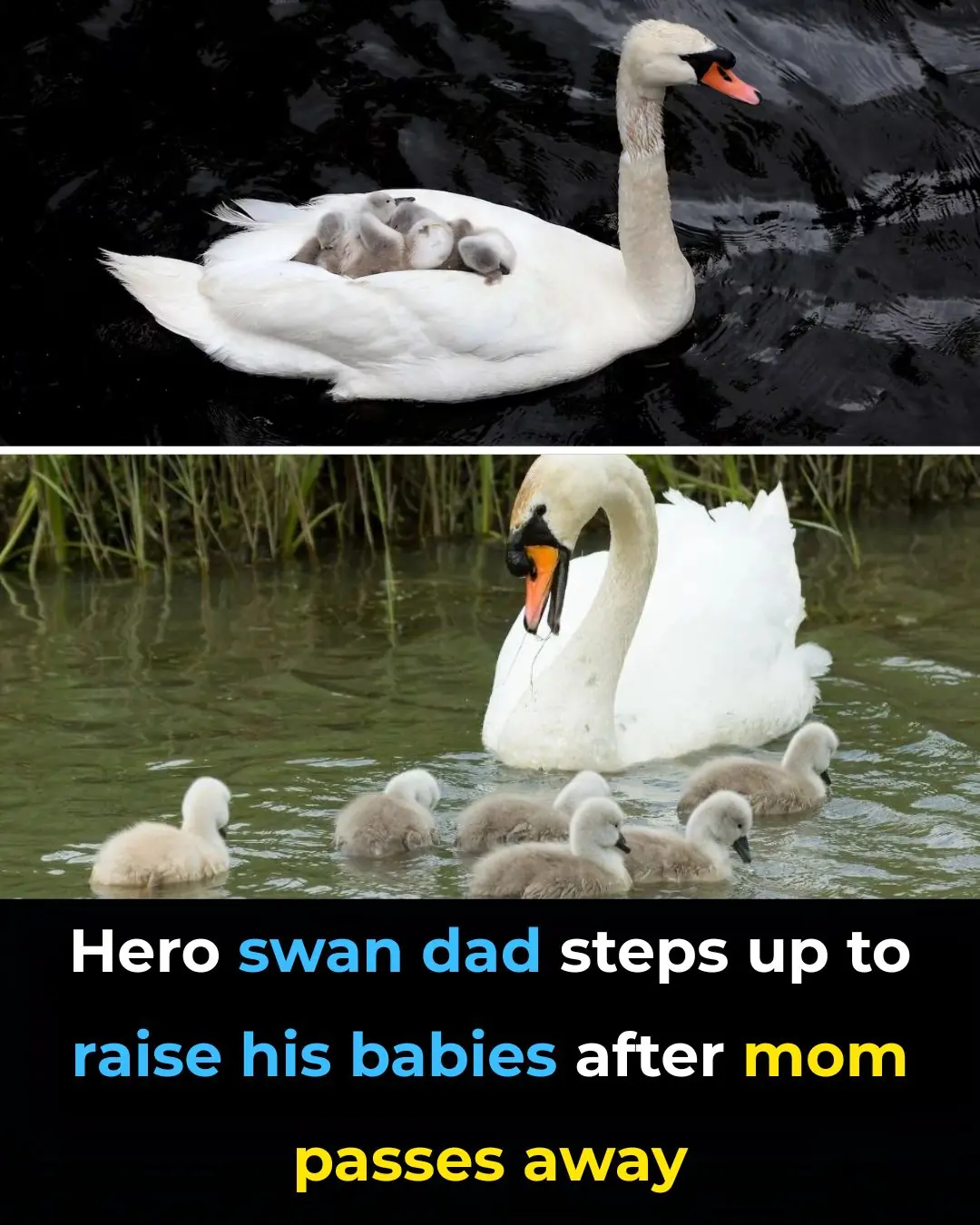
After the mother swan dies, the father swan takes the youngsters under his wing
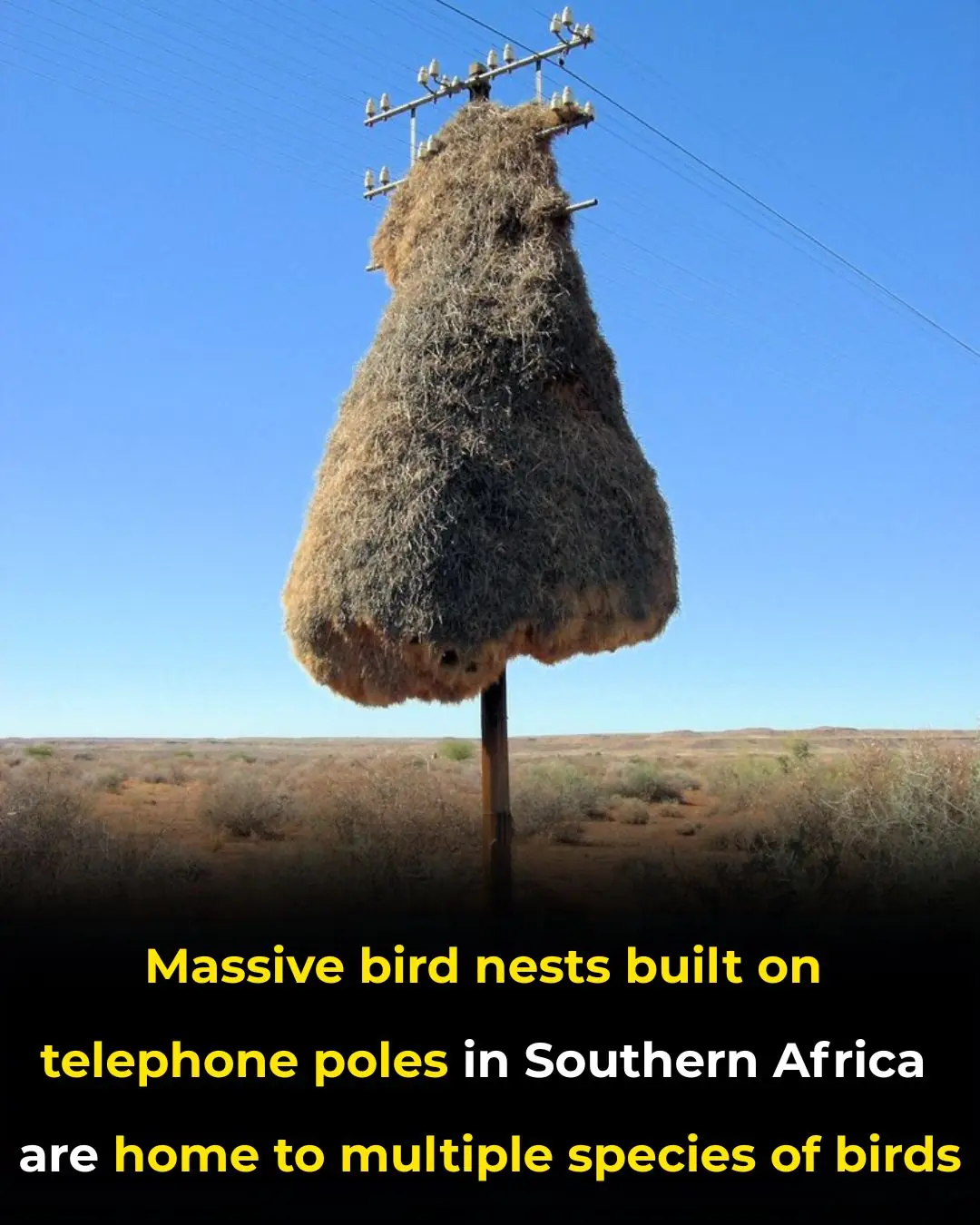
Massive Bird Nests Built on Telephone Poles in Southern Africa are Home to Multiple Species of Birds
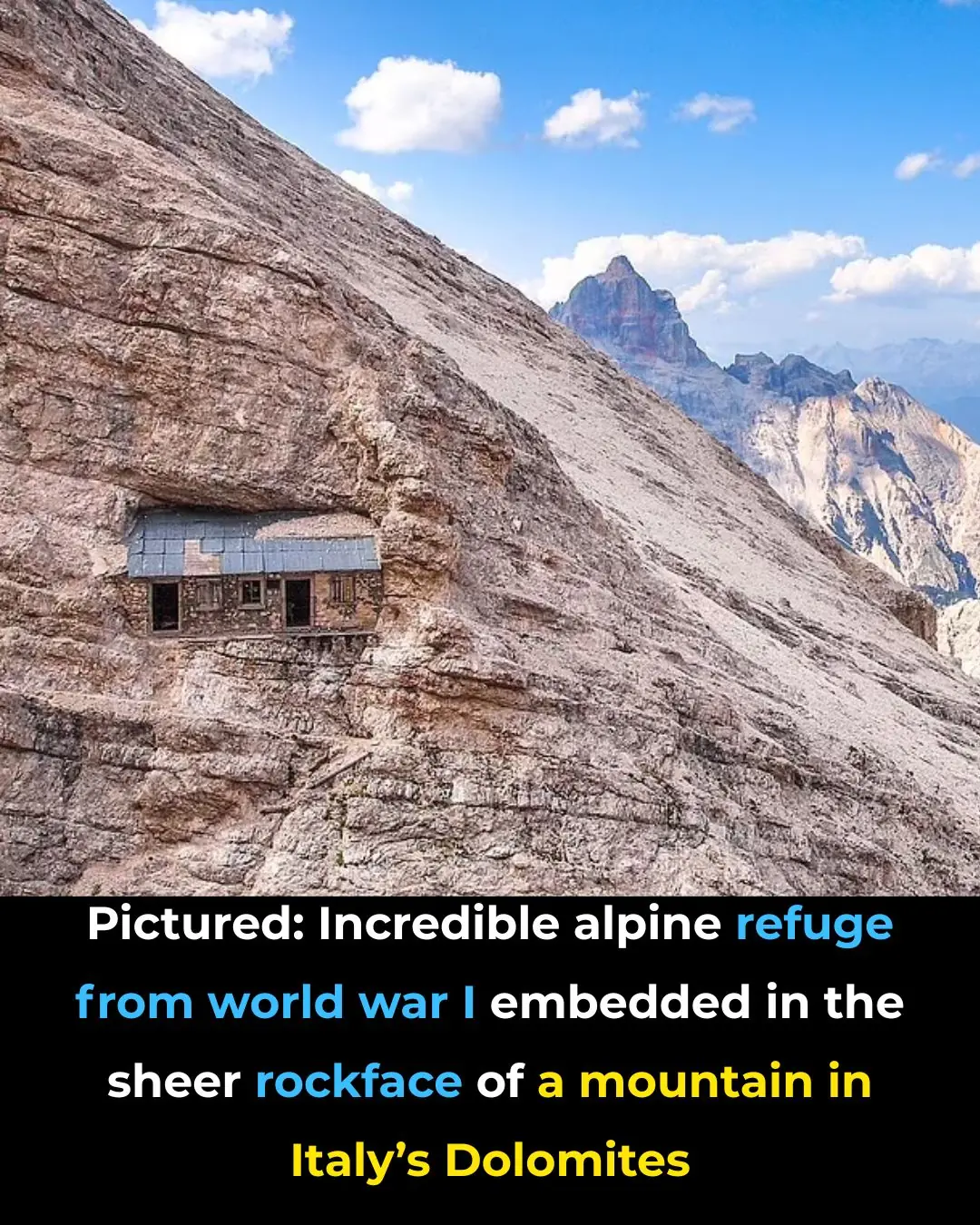
Pictured: Incredible Alpine refuge from World War I embedded in the sheer rockface of a mountain in Italy’s Dolomites

1 Hen, 76 Ducklings: What’s The Deal With This Photo?
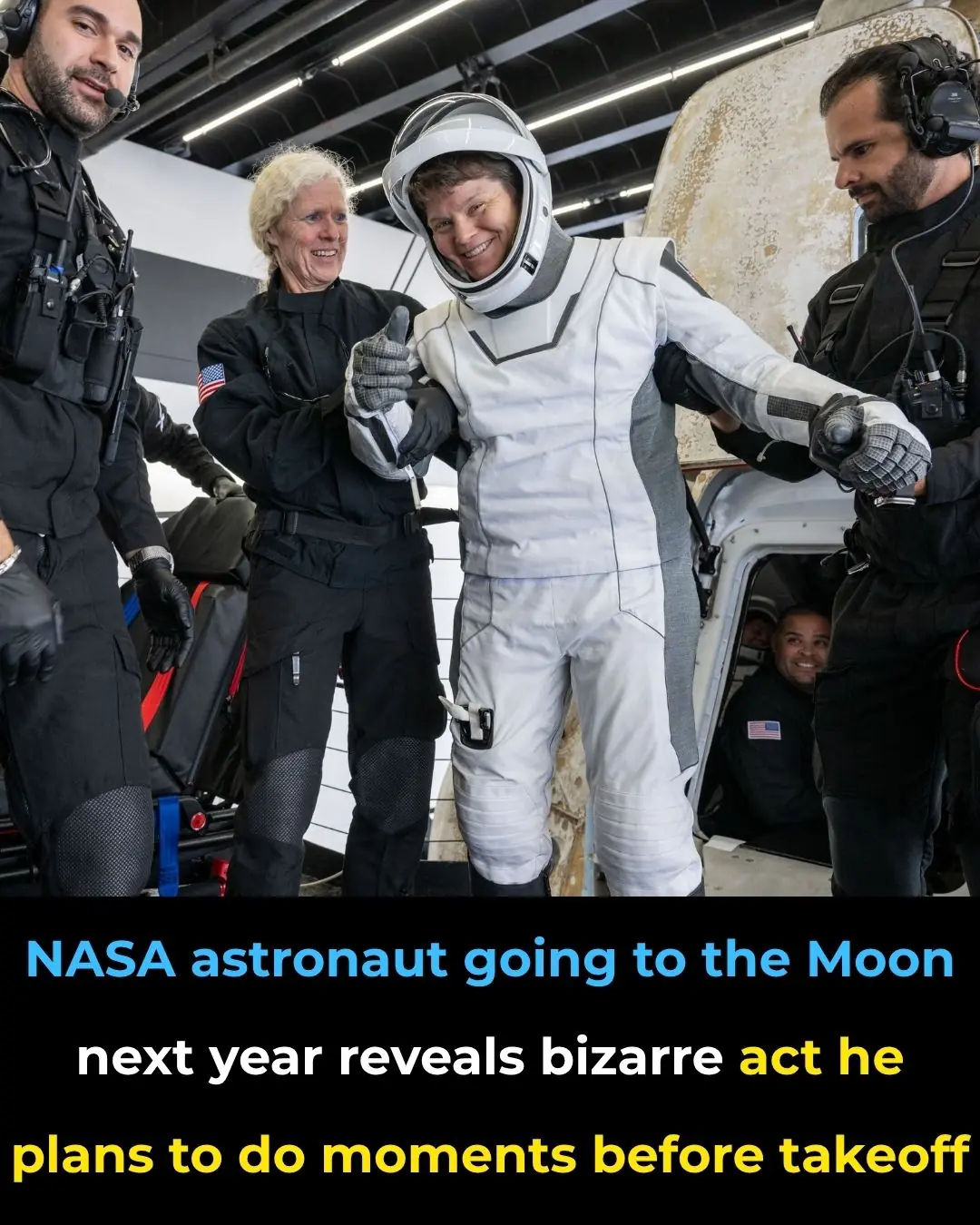
NASA astronaut going to the Moon next year reveals bizarre act he plans to do moments before takeoff

YouTuber tests jailbroken AI to see if it would break his legs to avoid being shut down
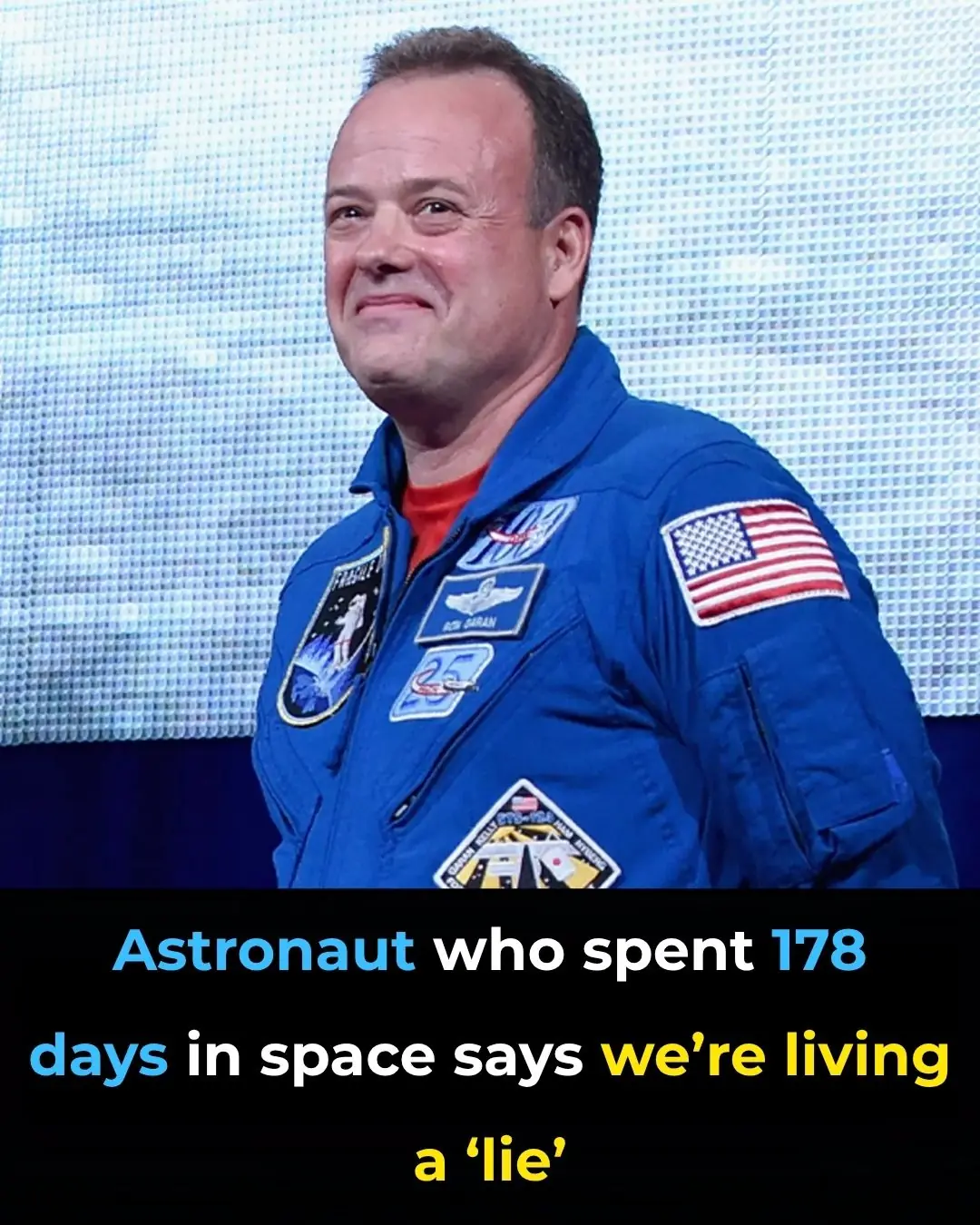
Astronaut Ron Garan: “From Space, Earth Shows Us We’re Living a Lie”
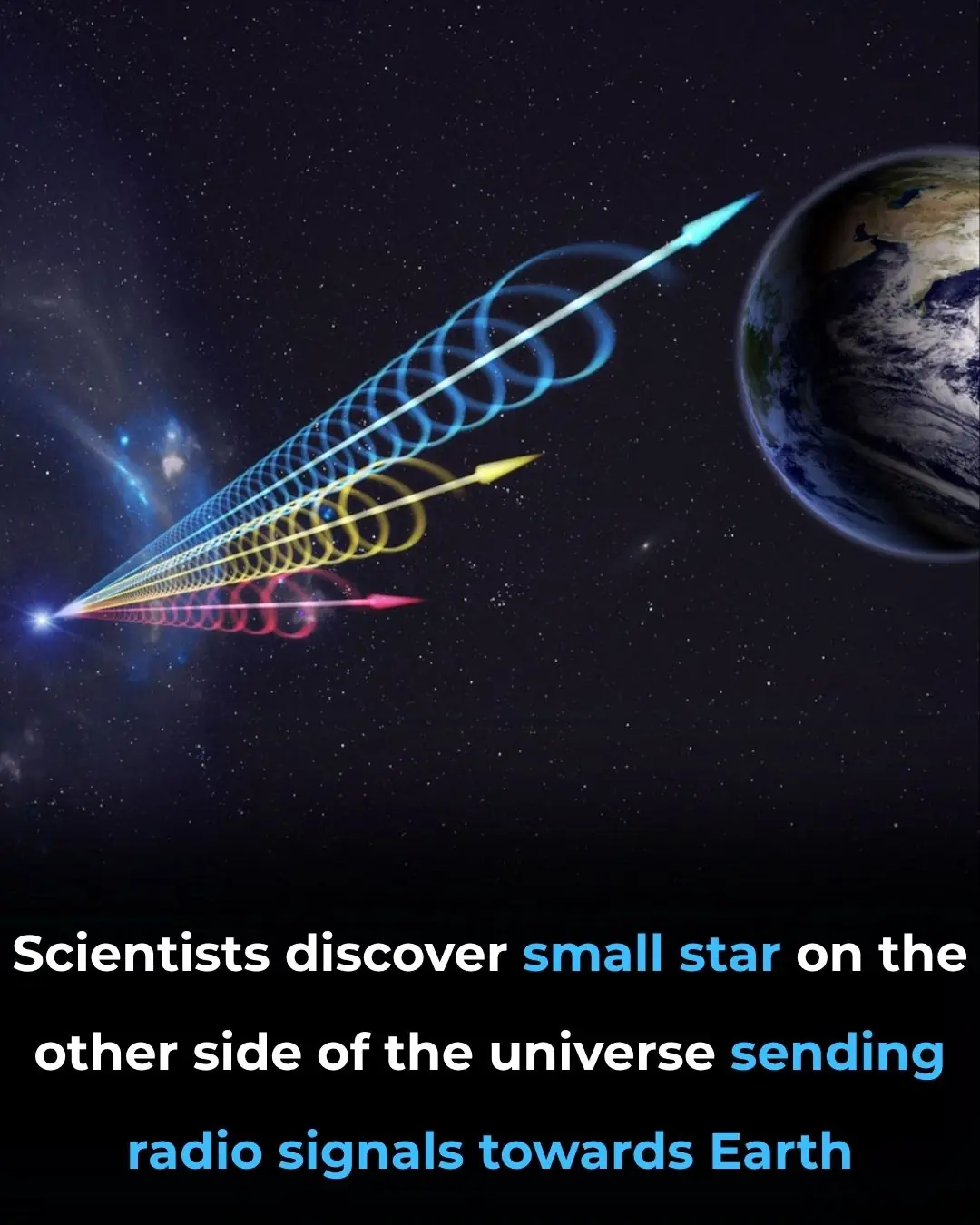
Astronomers Detect Mysterious “Dark Star” 3,000 Light-Years Away — A Discovery That Could Rewrite Physics
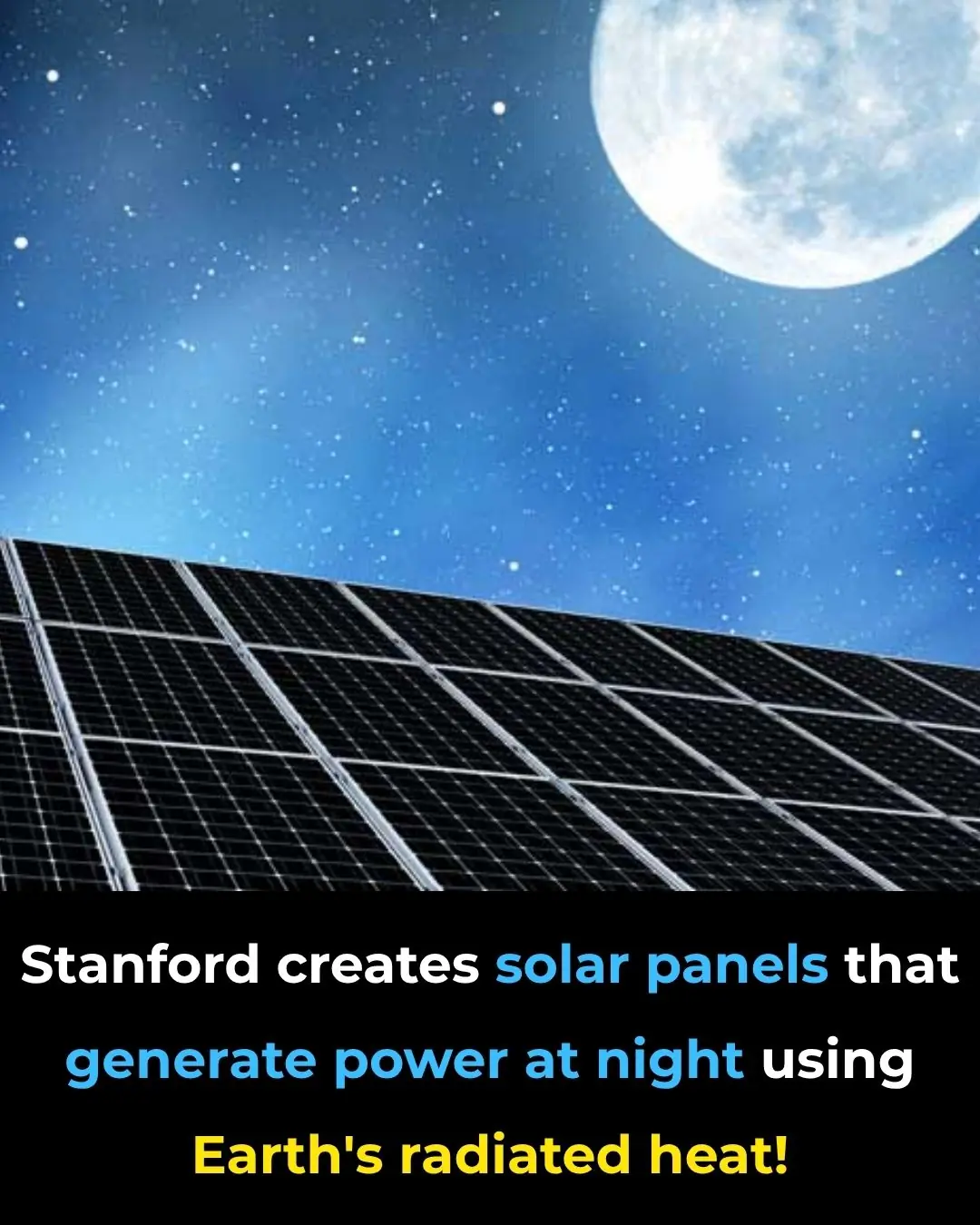
Stanford Scientists Create Solar Panels That Can Generate Power at Night
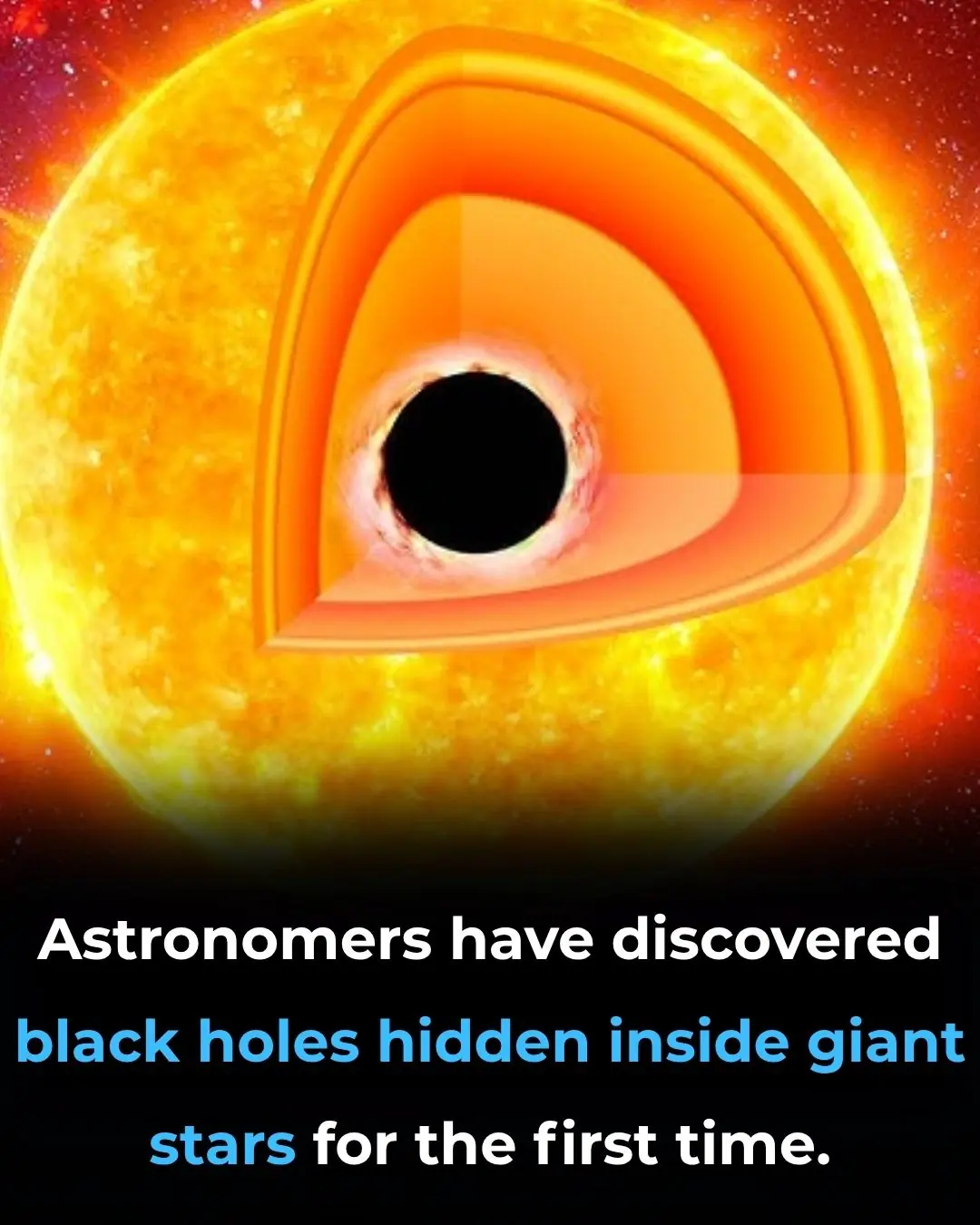
James Webb Spots a “Black Hole Star” – A Cosmic Phenomenon That Could Rewrite Astronomy

Internet users mourn iconic feature as AOL officially takes it offline

'Godfather of AI' issues stark warning that total human extinction is a very real possibility
News Post

Rafael Nadal’s Greatest Match: Fighting for Forgotten Dogs

The Officer, the Boy, and the Box of Pokémon Cards.

Grandma’s “Stray Cat” Turns Out to Be a Cougar.

The Walmart Employee Who Became a Hero to a Struggling Mom

Two Wounds, One Journey: The Woman and Dog Who Taught Each Other Grace

A Prom Filled With Love: Young Man’s Selfless Gesture Becomes Unforgettable

A Brother’s Sacrifice: How MJ Became a Hero in a Split Second

K-9 Apollo: A Hero’s Fight for Life and the Community That Saved Him

“One Last Climb: A Man, His Dog, and a Wheelbarrow Full of Love”

The Stranger Who Stopped: How One Man’s Kindness Saved a Puppy’s Life

Why You Should Avoid Leaving a Glass of Water Near Your Bed

Reason Why You Should Always Shower At Night

Place a plate of salted lemon at the head of the bed: Get 5 great benefits and secrets that unfortunately few people know

Add this to the water. Even when you don’t clean the floor in a week

💖 My Nana Knew What She Was Doing — Time-Honored Skincare Wisdom (And What Really Works Today)

Know this trick to distinguish real honey from fake honey, don't be afraid of being tricked into buying poor quality products

Add a few slices of fresh lemon to the pot of boiled eggs: Get great benefits, many people do not know

Extraordinary Visual Skills If You Can Spot The Cat

What does this gesture signify?
